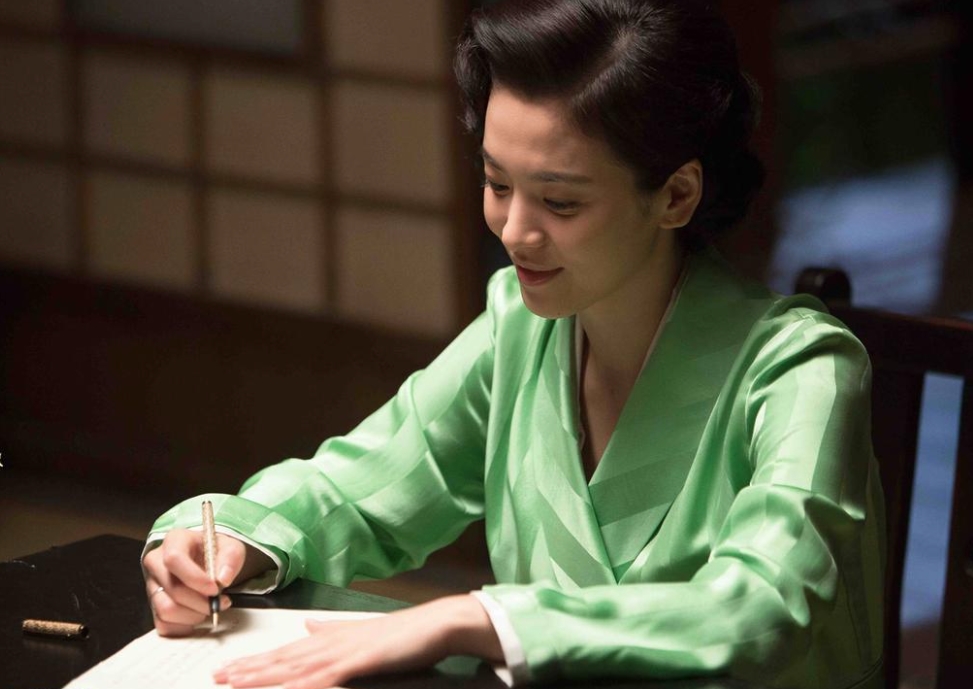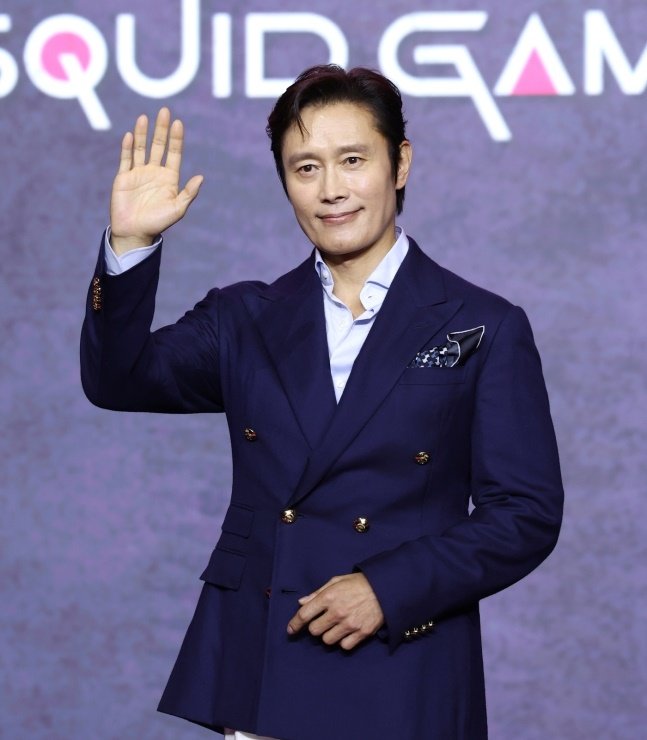K-Drama Pay Skyrockets: Song Hye-kyo Once Led at ₩200 Million KRW per Episode, Surpassed by ₩1 Billion KRW OTT Deals?

Once considered one of the highest-paid stars in Korean television, Song Hye-kyo earned a then-unprecedented ₩200 million KRW (approx. $148,000 USD) per episode in 2021. Fast forward to 2025, and that figure has become the industry average, with new contracts pushing the boundaries even further—some reportedly hitting ₩1 billion KRW (~$737,000 USD) per episode on OTT platforms like Netflix.

This rapid surge in celebrity pay has stirred heated discussions across Korean online forums. Netizens cite Kim Soo-hyun, the star of Queen of Tears, who allegedly signed a ₩5 billion KRW contract for 16 episodes in 2024, equating to ₩400 million KRW (~$295,000) per episode. For context, Kim Tae-hee earned a modest ₩40 million KRW per episode in 2015, or about ₩720 million KRW total for a 16-episode drama.

While traditional terrestrial dramas now routinely offer ₩100–200 million KRW per episode, OTT giants are leading the pay inflation, with top stars reportedly commanding ₩400–500 million KRW, and in rare cases, up to ₩1 billion KRW. These jaw-dropping sums are being met with increasing backlash.
Behind the glitz, industry workers—including camera crews, set designers, and lighting staff—reportedly still earn bare minimum wages. One viral comment read, “Actors now just sit, watch clips, say a few lines, and earn tens of millions. Meanwhile, the staff can’t even make minimum wage.”

Critics argue that fans and consumers themselves are fueling this cycle. From streaming music and binge-watching dramas to buying merchandise and photobooks, fan activity boosts actor marketability and justifies exorbitant contracts.
“If you want to stop this, stop spending. Don’t watch, don’t buy, don’t obsess. The market only responds to demand,” wrote one netizen.
Some also pointed out the gender gap in negotiations, with male stars often commanding higher fees. Others noted that Hallyu stars with popularity in China and international markets land massive endorsement deals, further boosting their valuation.

From ₩40 million KRW per episode in 2015 to now ₩1 billion KRW, the surge in pay is being described as unprecedented in any industry. But while stars bask in wealth and spotlight, consumers and production crews bear the cost.
As the Korean entertainment industry continues to globalize and attract major OTT investments, many are asking: Is this a sustainable growth pattern—or a financial bubble waiting to burst?








